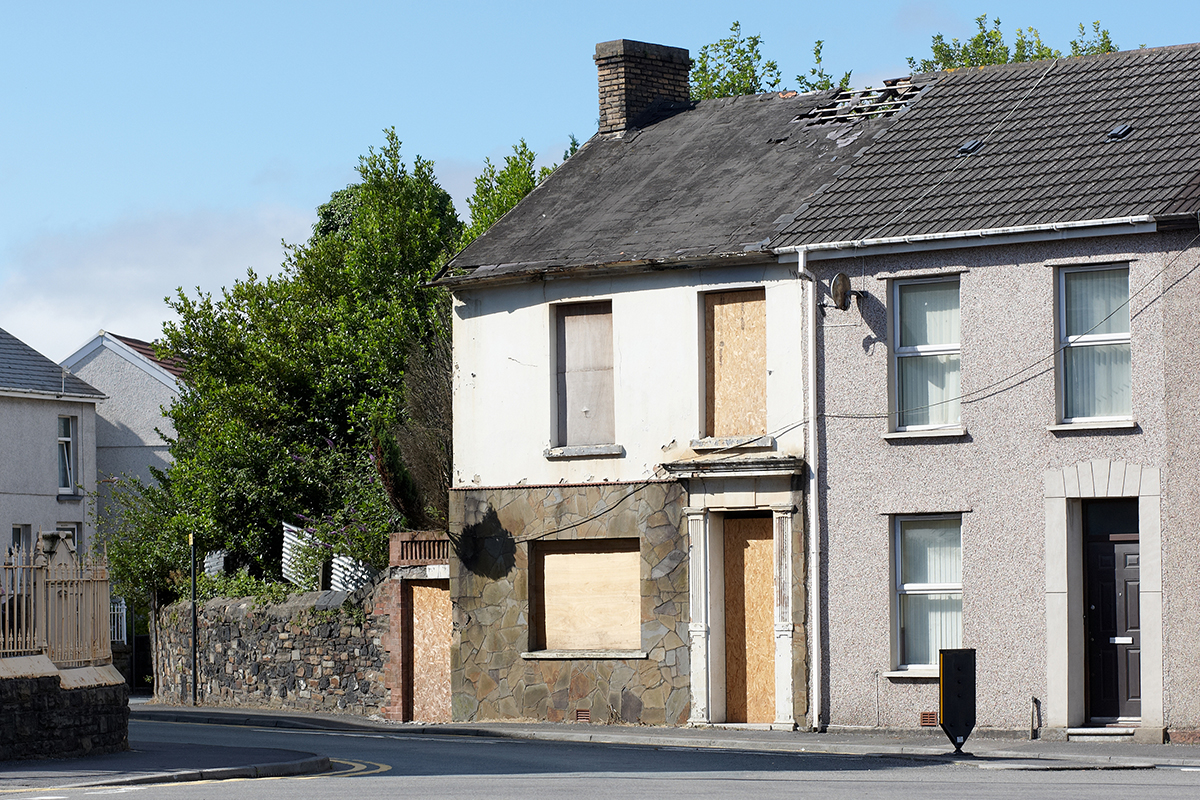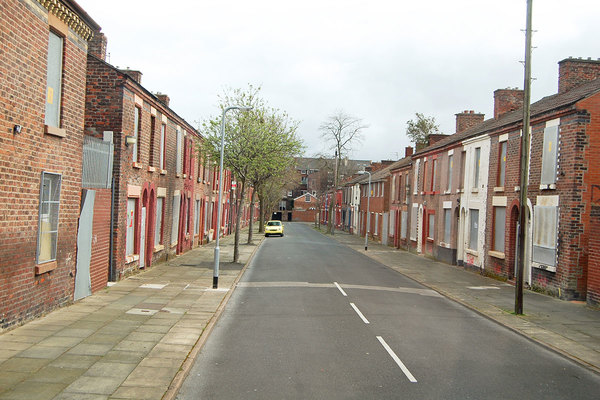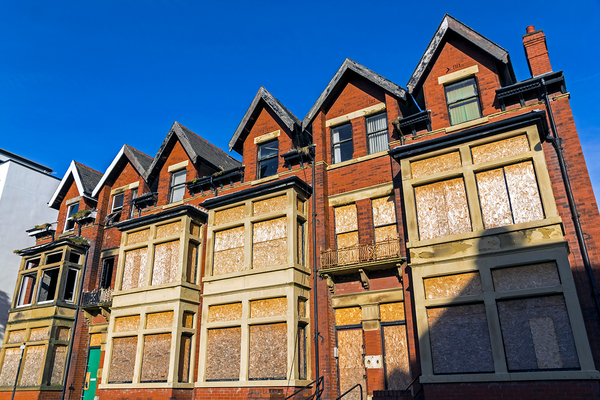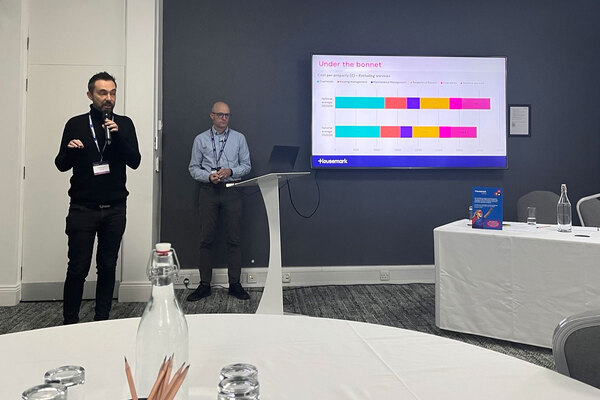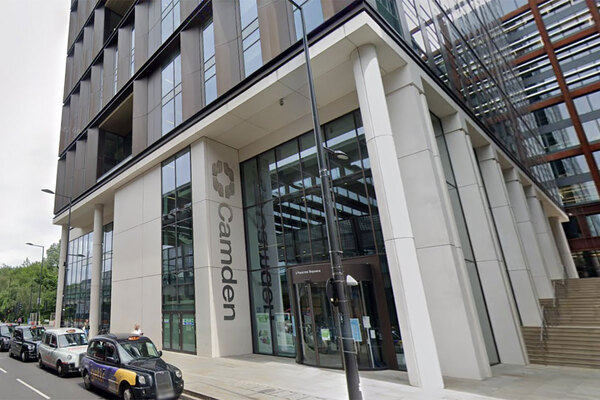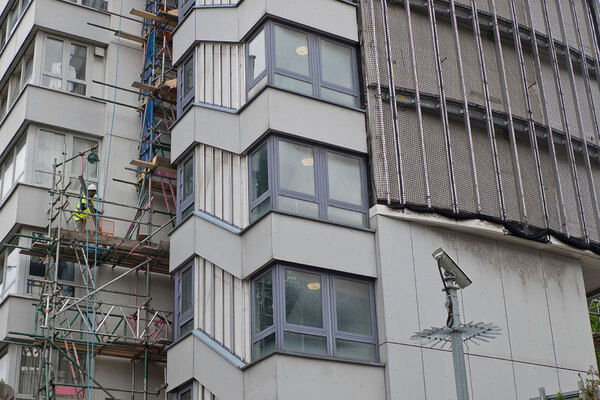You are viewing 1 of your 1 free articles
It is time to reinstate a dedicated programme to tackle empty homes
With new data showing the level of long-term empty homes creeping back up for the first time since 2008, vacant properties need to move back up the policy agenda, writes Helen Williams
Building new homes is essential, but so is making the most of our existing ones.
In ‘Empty Homes in England’ we look at what the latest council tax base data tells us.
English councils recorded more than 205,000 homes as long-term (more than six months) empty – over 5,000 more than a year earlier.
However, the proportion of homes that represents is broadly stable at around 0.85%.
The data does not tell us why those homes are empty.
But the increase after year-on-year reductions may show the housing market slowing in some places, having picked up in many after the 2008 financial crisis.
Council staff tell us that slow sales of some new developments are a factor. Which begs the question of whether what is being built is in within the reach of many.
We also hear of budget cuts hitting empty homes staff – the very teams whose advice to owners helps bring many a home back onto the market.
This increase comes when there are no dedicated government empty homes programmes.
The year to March 2017 saw the Homes and Communities Agency (now Homes England) support just 399 completed homes in empty properties. Meanwhile the coalition government boasted of creating 9,000 homes from empty properties across its term.
We think the government should reinstate dedicated programmes to ensure making the most of empty homes is a bigger part of its housing drive.
“Neighbourhoods with higher quantities of empty homes tend to have raised levels of substandard private rented housing, lower property values and poorer residents.”
In addition, investment should be targeted at areas with the highest levels of empty homes. Thirty-seven out of the 53 local authorities with the highest proportion (1.2% or more) of long-term empty homes are in the North of England.
Our research also shows that neighbourhoods with higher quantities of empty homes tend to have raised levels of substandard private rented housing, lower property values and poorer residents.
We need policies that recognise that the conditions in these places are as much a part of the housing crisis as the extreme affordability gap elsewhere.
These neighbourhoods are too easily dismissed as places of low demand. Yet they generally sit within wider markets where there are plans for housing growth.
The work we do with community-based organisations shows that if they can access funds to buy and do up empty properties, they can create decent, sought-after homes.
More is achieved when this is part of a neighbourhood improvement drive where councils are working with residents to tackle their wider concerns. These are things that matter to people’s quality of life and are often behind concentrations of empty homes.
We also found that among homes charged council tax across England, the highest proportions that were long-term empty were in the bottom band A (lowest-value properties) and the top band H (highest-value properties) – 1.51% and 1.4% respectively.
“Housing policy needs to address failures at both ends of the housing market.”
The level in the other bands averaged 0.66%, though we should not lose sight of the fact that the highest number of long-term empty homes recorded was in band A (85,856) and the lowest in band H (1,929).
The levels among the lowest-value properties are likely to relate to the conditions in some of the poorer neighbourhoods with substandard housing.
For the highest-value properties, it may relate to owners buying properties primarily as wealth accumulators rather than to live in – though many of those do not count as empty because they are occupied occasionally.
Housing policy needs to address these failures at both ends of the housing market, to ensure that we make best use of our homes.
Helen Williams, chief executive, Empty Homes

